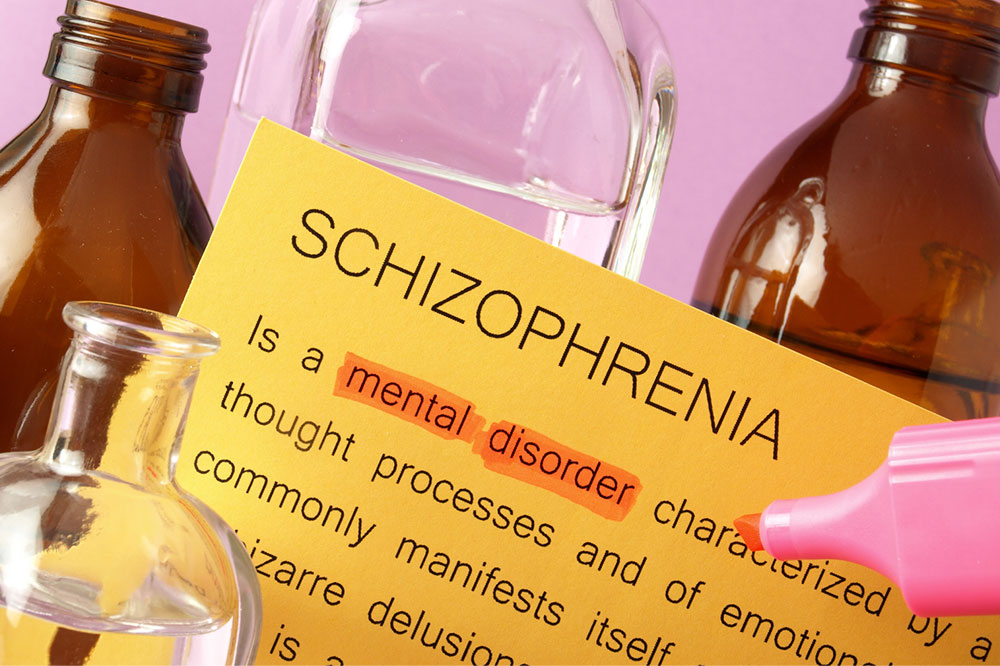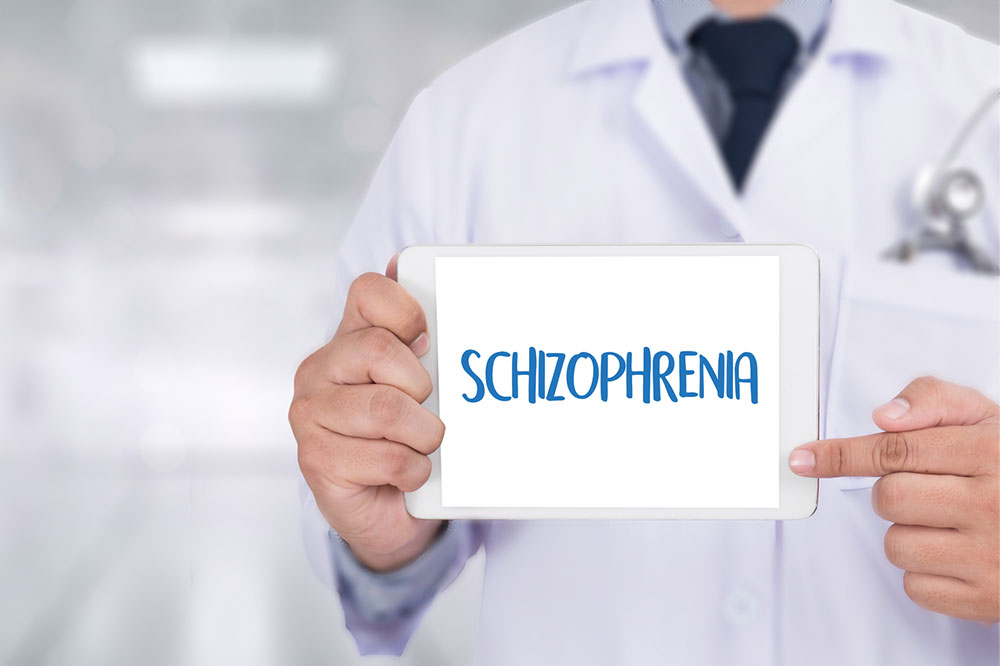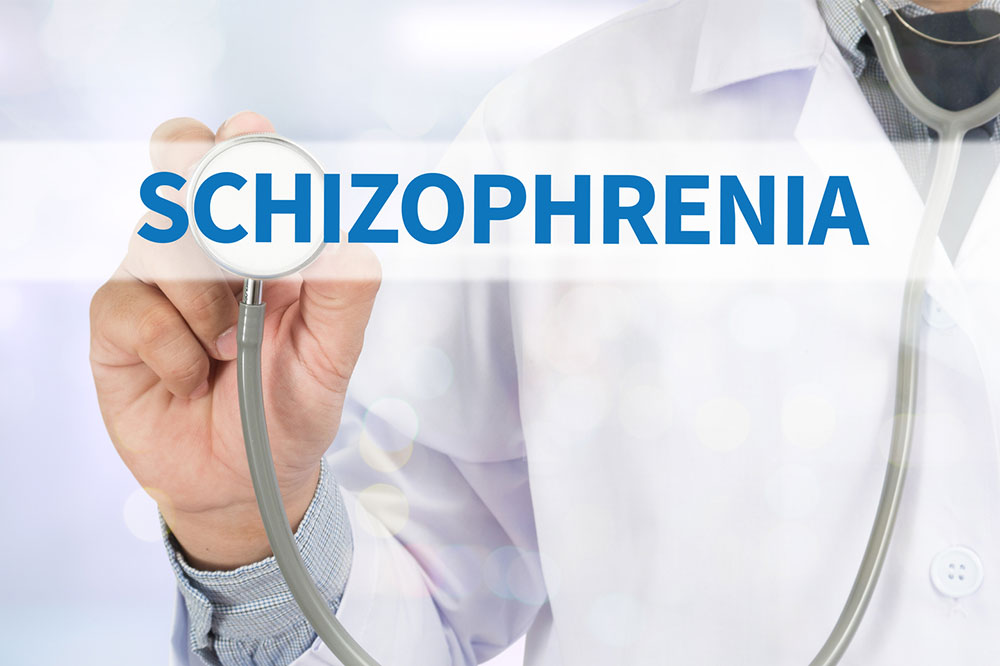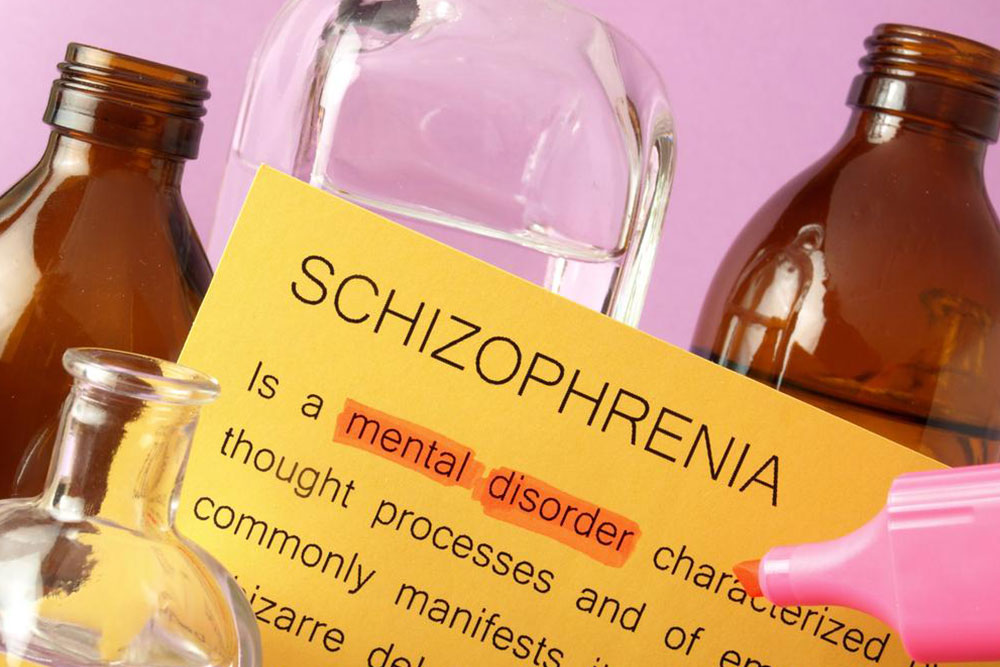Comprehensive Guide to Schizophrenia: Causes, Symptoms, and Modern Treatment Strategies
This comprehensive guide explores schizophrenia, detailing its causes, symptoms, and modern treatment options. It emphasizes early diagnosis, medication management, psychosocial support, and emerging therapies like Deep Brain Stimulation. Understanding this complex mental health disorder helps reduce stigma and promotes effective care, enabling individuals to lead more fulfilling lives despite the challenges of schizophrenia.

Comprehensive Understanding of Schizophrenia: Causes, Symptoms, and Effective Treatment Approaches
Schizophrenia is a complex and often misunderstood mental health condition that significantly impacts how individuals perceive reality, think, feel, and behave. It is a chronic disorder that requires ongoing management and support. Globally, approximately 1% of the population is affected by schizophrenia, making it a significant concern for mental health professionals, patients, and their families. Despite the challenges associated with this condition, advances in psychiatric treatment and interventions have improved the quality of life for many individuals living with schizophrenia.
Recognizing the symptoms early and seeking appropriate treatment are crucial steps toward managing schizophrenia effectively. Common symptoms include:
Delusions: These involve false beliefs that are resistant to reason or contradictory evidence. For instance, a person might believe they possess extraordinary powers or are being persecuted by unseen enemies.
Hallucinations: Sensory perceptions that occur without external stimuli, such as hearing voices speaking to or about the individual, seeing objects that aren't present, or feeling sensations that have no basis.
Disorganized Speech: Communication may become incoherent or fragmented, with frequent derailments or switching topics abruptly, making it challenging for others to understand the individual.
Abnormal Movements: Repetitive behaviors, agitation, or inappropriate silliness can interfere with daily routines and social interactions.
Negative Symptoms: These include diminished emotional responses, flat affect, lack of motivation, neglect of personal hygiene, and social withdrawal.
Diagnostic procedures involve thorough physical examinations and laboratory tests to exclude other medical conditions that might mimic psychiatric symptoms. Following medical assessments, psychiatric evaluations are conducted. A diagnosis of schizophrenia is confirmed when symptoms persist continuously for at least six months, including periods of active psychosis.
Understanding the Causes of Schizophrenia
The precise origins of schizophrenia remain largely elusive, but current research points to a multifaceted interplay of biological and environmental factors. Genetics significantly influence vulnerability; individuals with a parent diagnosed with schizophrenia have approximately a 10% chance of developing the disorder themselves. Brain imaging studies have identified structural and functional abnormalities in certain regions of the brain, particularly those involved in perception, cognition, and emotional regulation. However, these brain differences are not universal among all patients.
Environmental influences also contribute to the risk of developing schizophrenia. Factors such as prenatal complications, exposure to viral infections during critical developmental periods, prolonged use of psychoactive substances like cannabis, stressful life events, and adverse childhood experiences have all been linked to an increased risk. The neurodevelopmental nature of the disorder suggests that these factors can disrupt normal brain maturation, particularly during adolescence and early adulthood, which are critical periods for emotional and cognitive development.
Approaches to Managing Schizophrenia
While there is no definitive cure for schizophrenia, a combination of pharmacological and psychosocial treatments can help manage symptoms effectively and improve overall functioning. The primary treatment modality involves antipsychotic medications, which play a pivotal role in reducing hallucinations, delusions, and agitation. These medications work by modulating neurotransmitter activity within the brain, primarily targeting dopamine pathways.
Integrated Treatment Plans often include:
**Medication Management**: Regular monitoring and adjustment of antipsychotic drugs help minimize side effects and optimize symptom control.
**Psychotherapy**: Cognitive-behavioral therapy (CBT) and supportive therapy assist individuals in coping with symptoms, tackling negative thoughts, and improving social skills.
**Social and Vocational Support**: Programs aimed at enhancing social functioning, employment opportunities, and independent living are integral to recovery.
**Family Education and Support**: Educating family members about the disorder fosters a supportive environment and improves treatment adherence.
**Community Integration**: Encouraging participation in community activities helps individuals rebuild relationships and regain autonomy.
Advanced and innovative treatments are also being explored for severe or resistant cases. Hospitalization might be necessary during acute episodes to ensure safety and stabilize symptoms. For persistent symptoms unresponsive to medication, electroconvulsive therapy (ECT) may occasionally be considered, although it is generally reserved for specific cases. Cutting-edge research in the field includes novel approaches like Deep Brain Stimulation (DBS), which involves implanting electrodes into targeted brain regions to modulate dysfunctional networks. While still experimental, DBS holds promise for managing severe symptoms by directly influencing neural activity related to perception and cognition.In conclusion, understanding schizophrenia’s complex nature is vital to fostering compassion and promoting early intervention. With continued research, improved treatment protocols, and comprehensive support systems, individuals living with schizophrenia can lead meaningful, productive lives. Increased awareness and education remain vital tools in reducing stigma and encouraging timely diagnosis and effective management of this challenging disorder.





